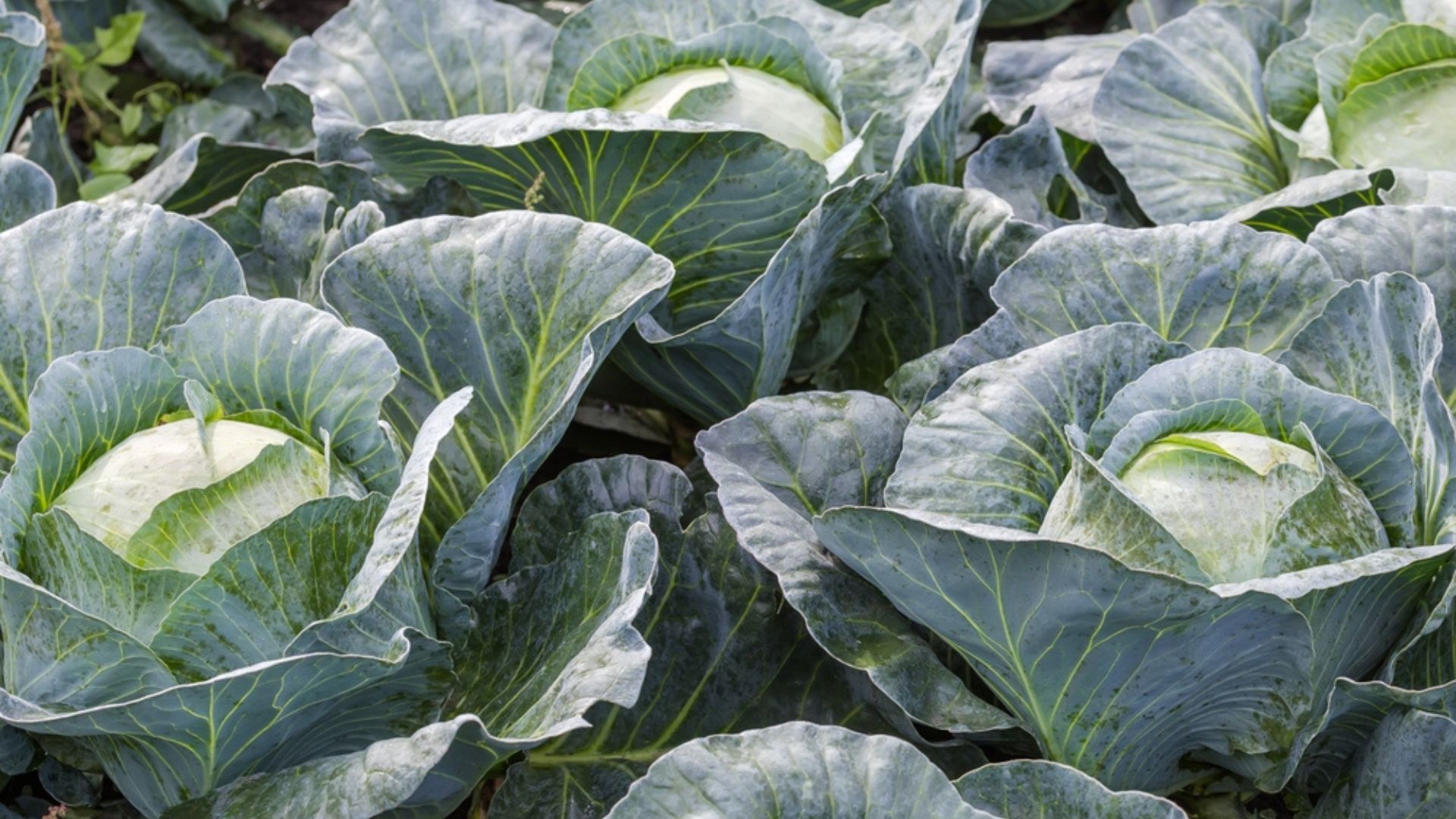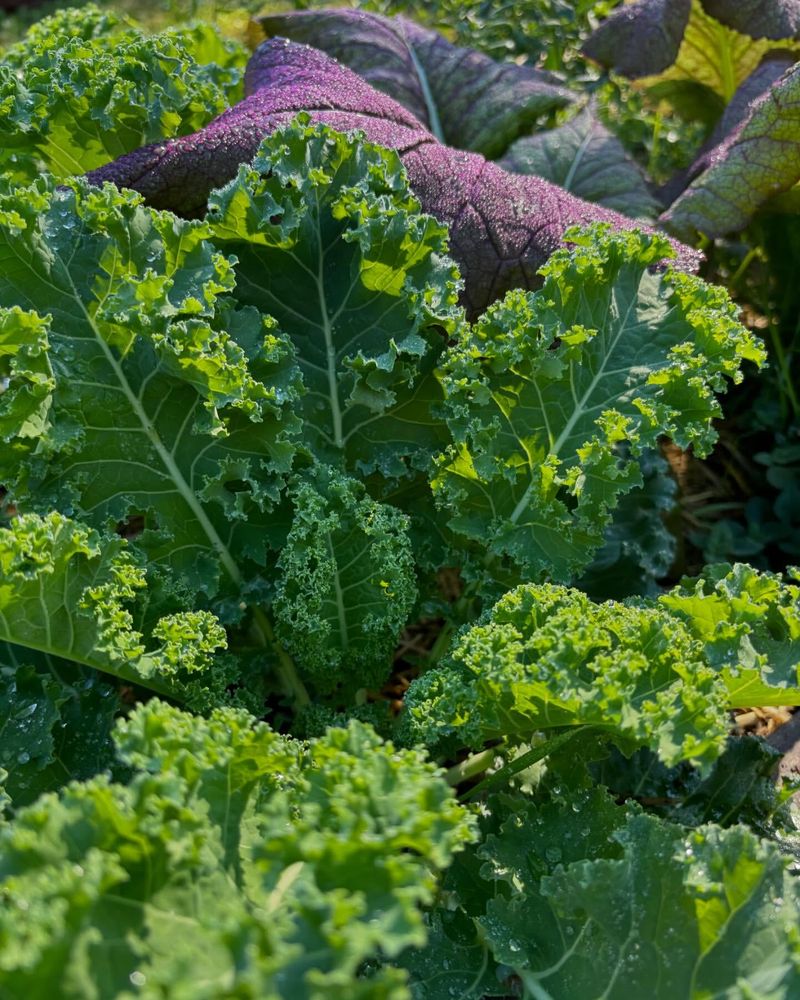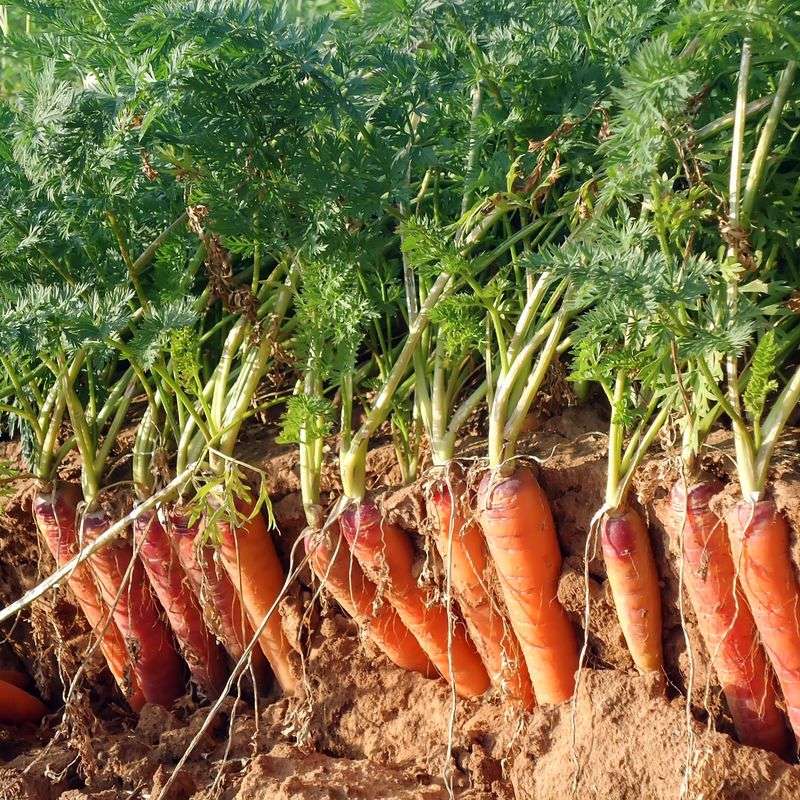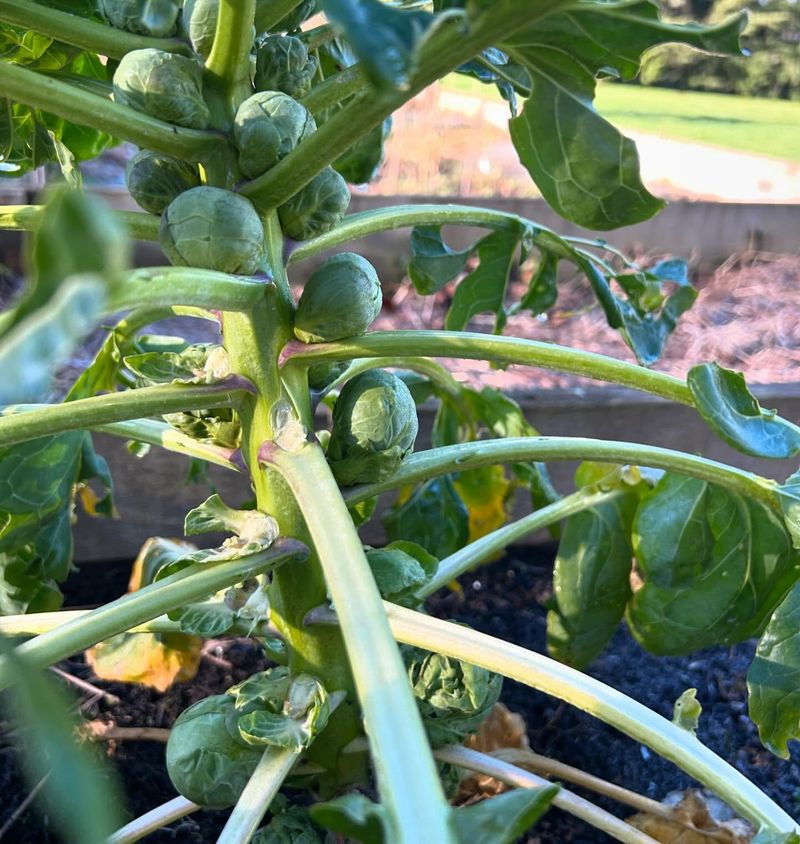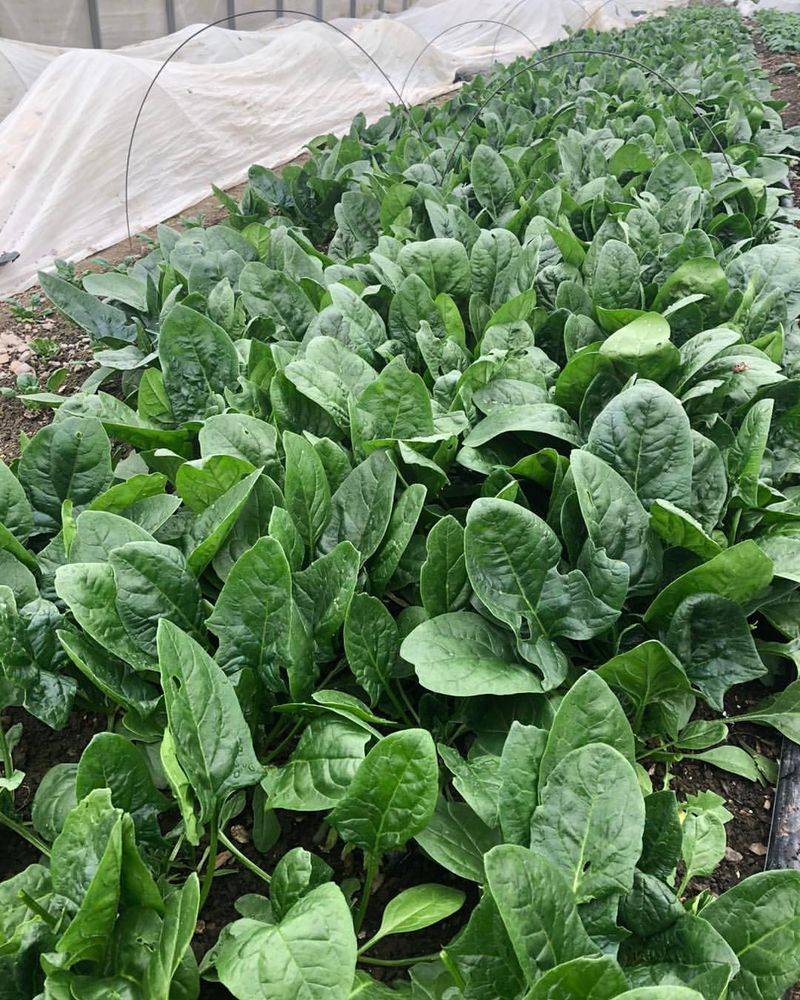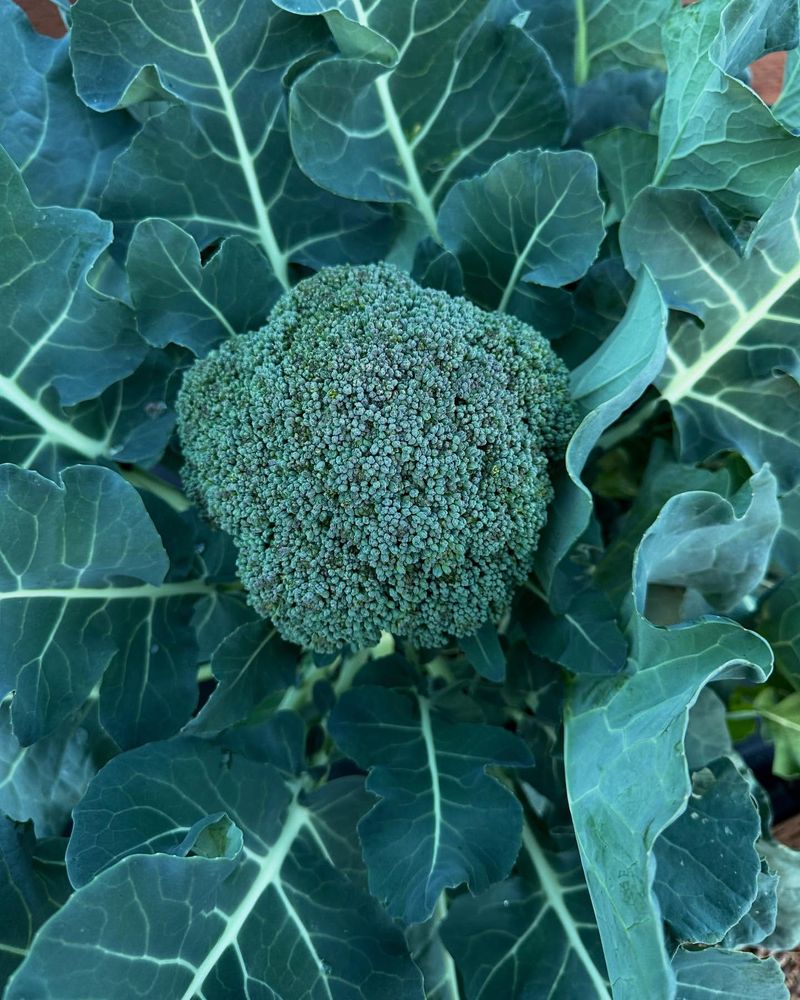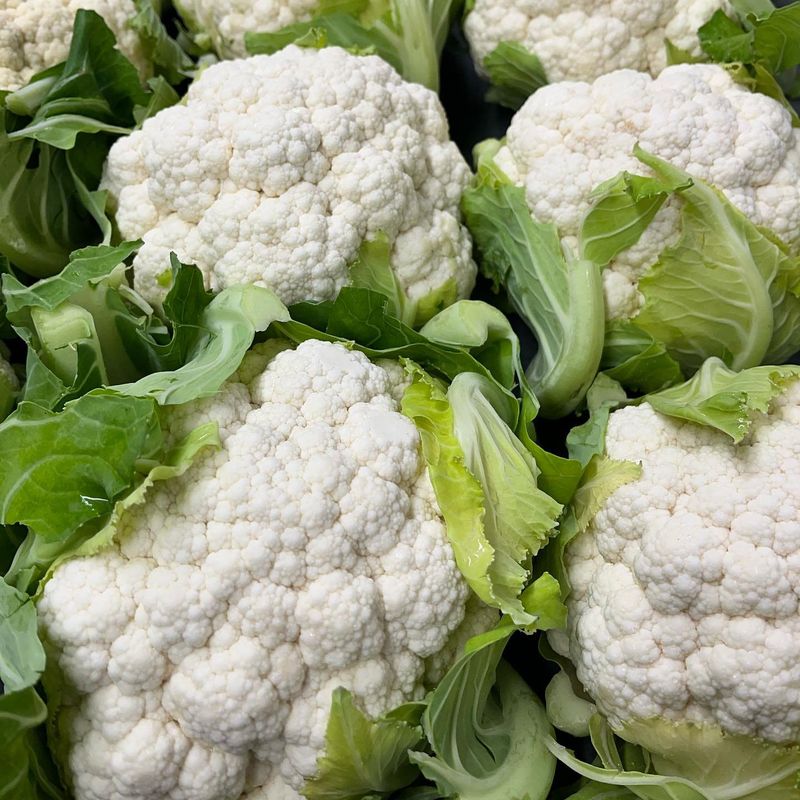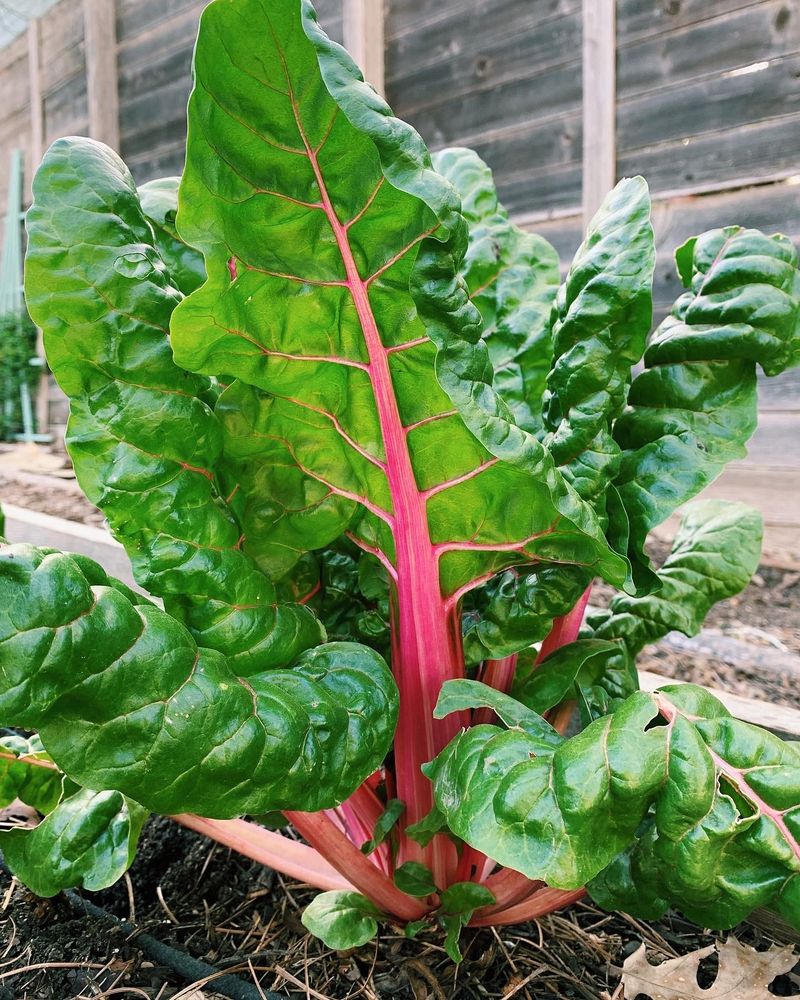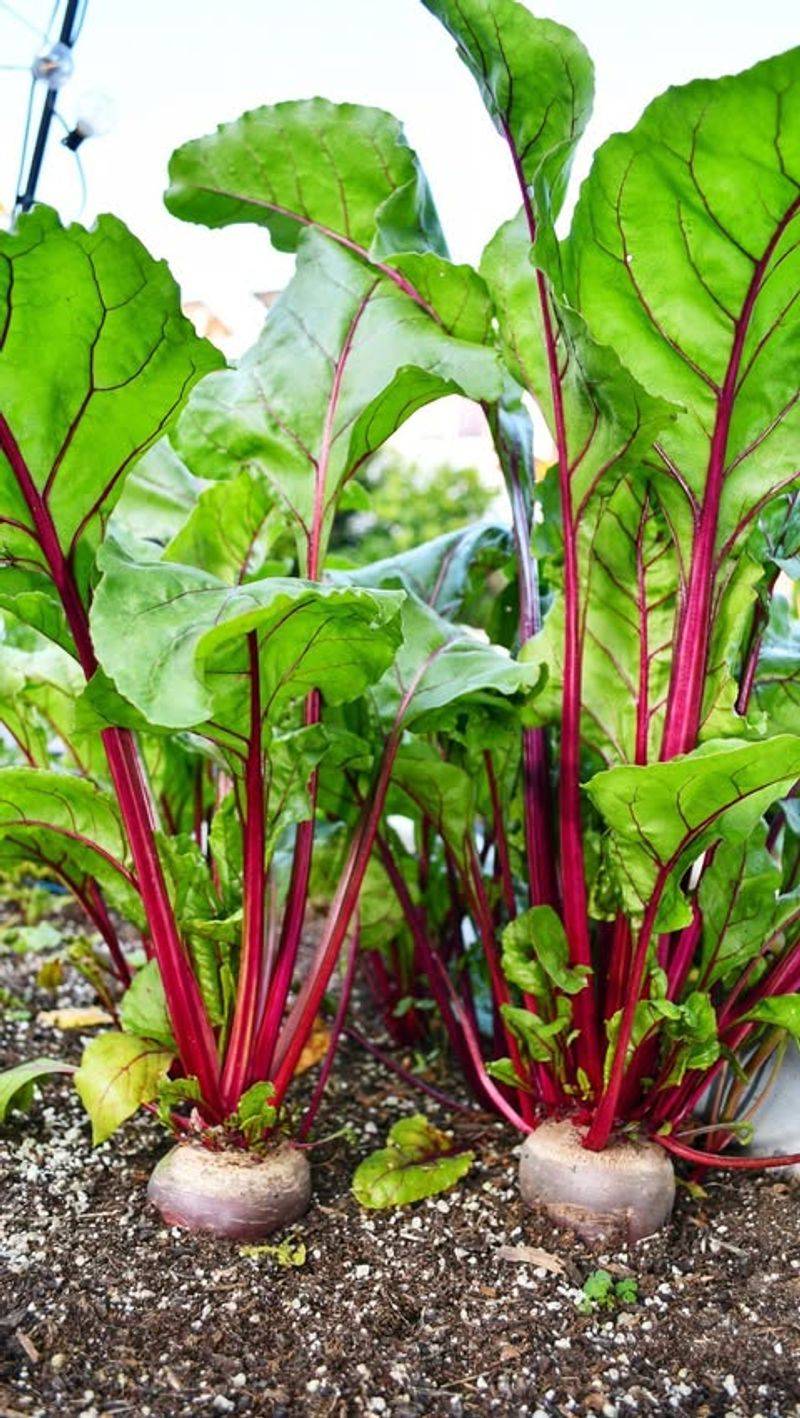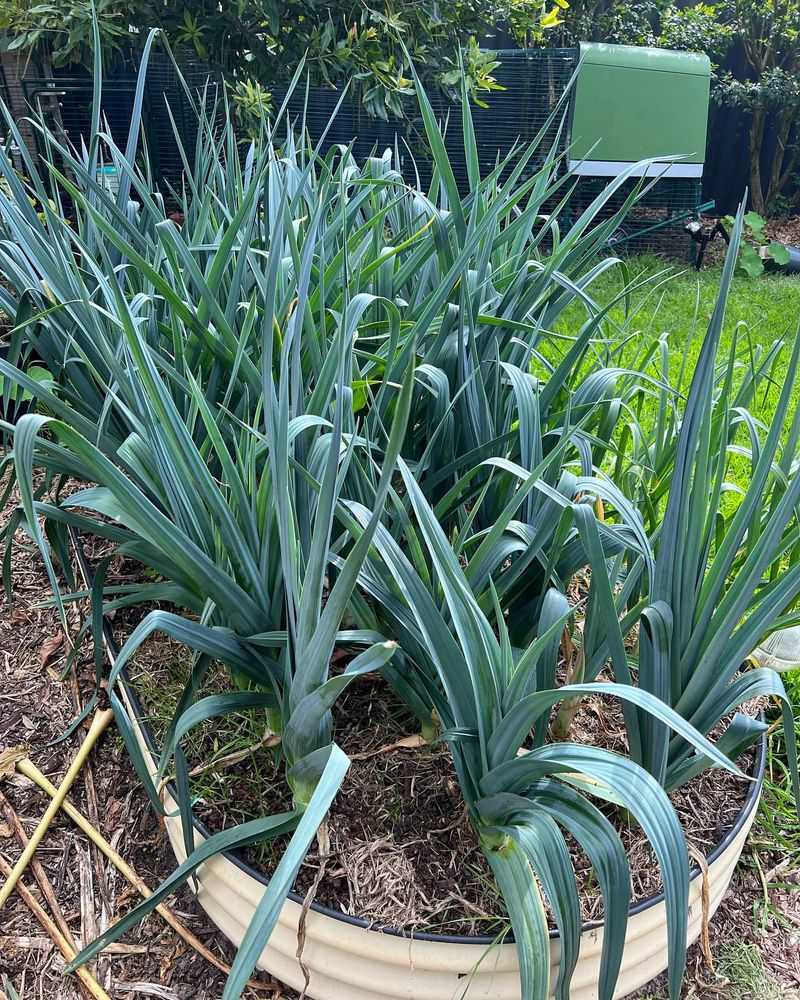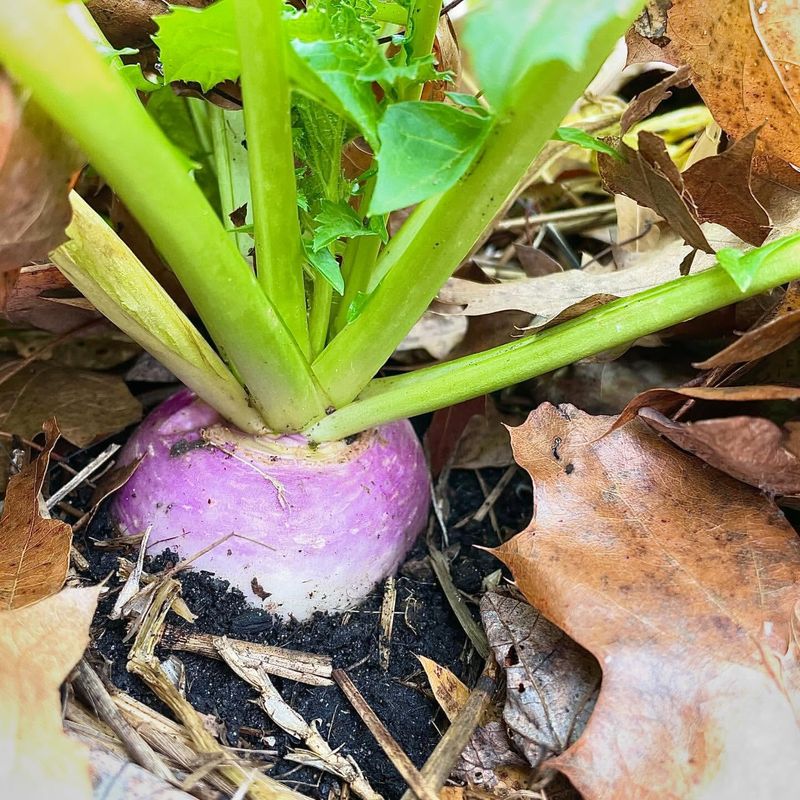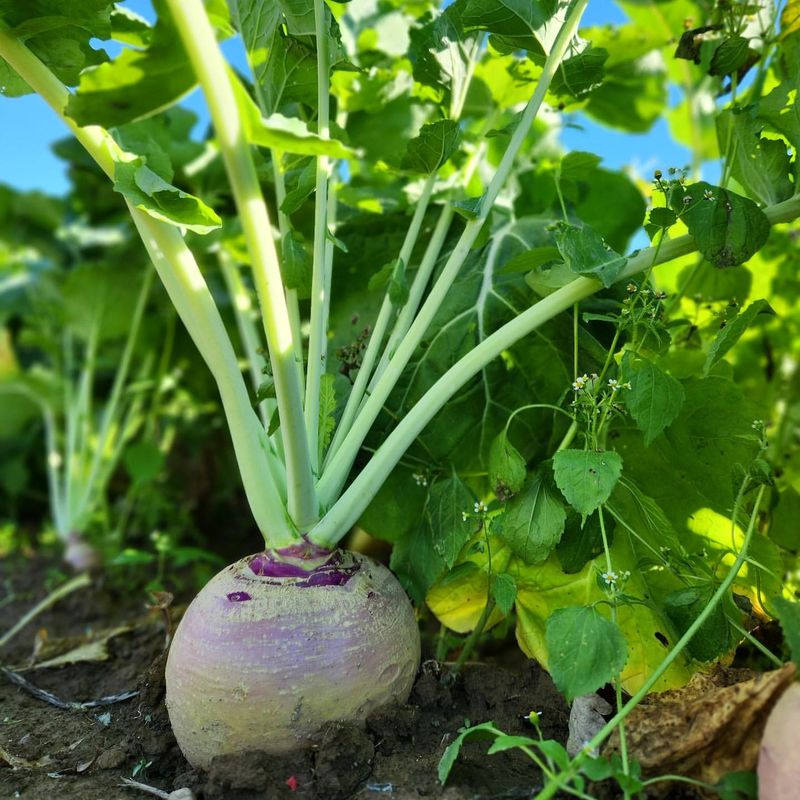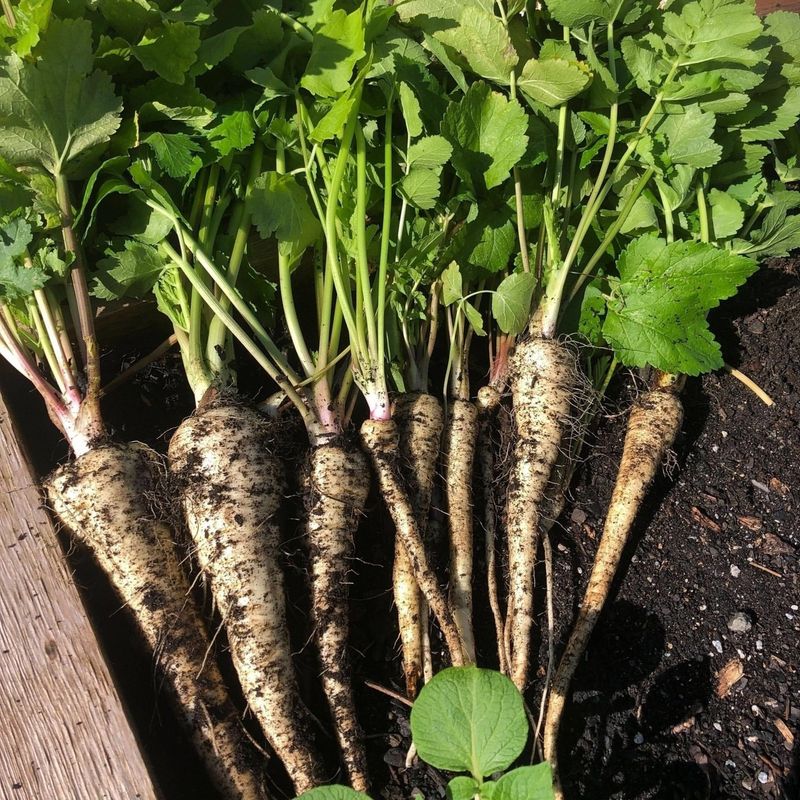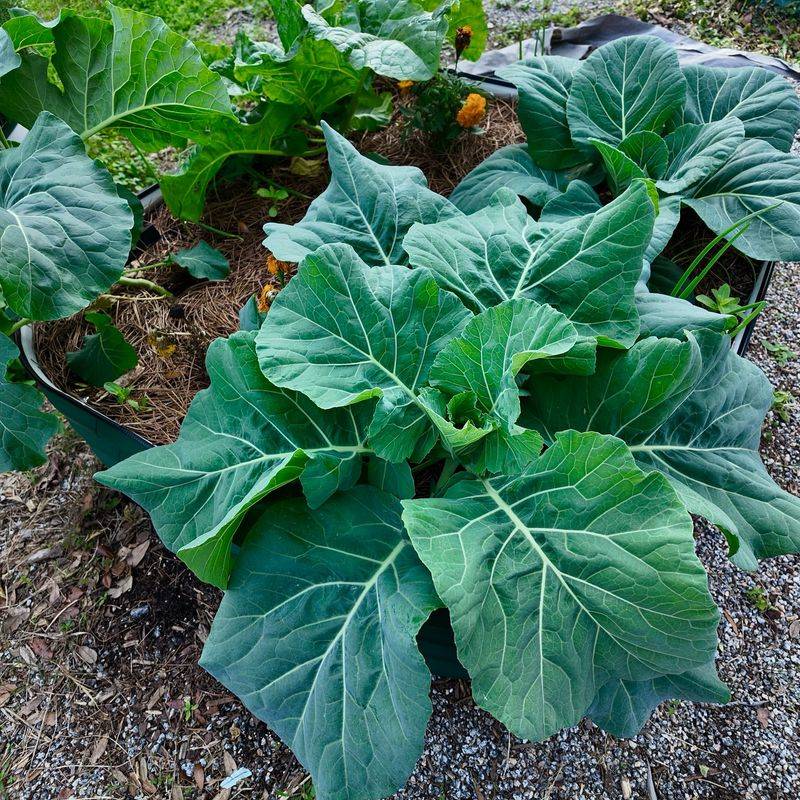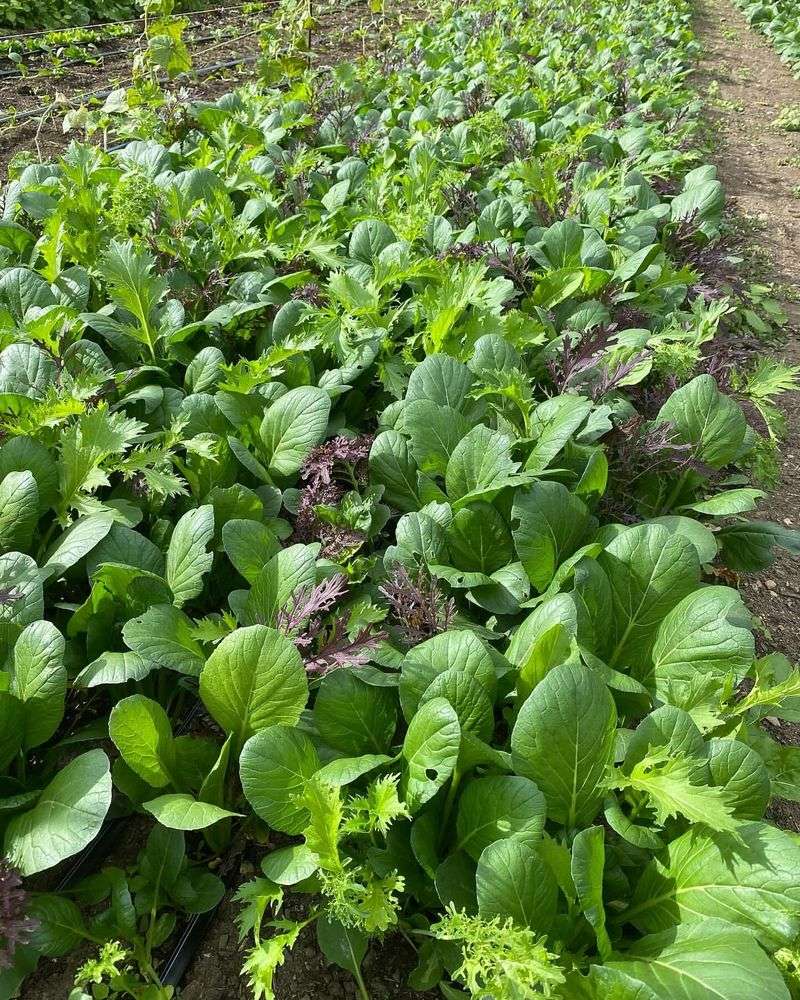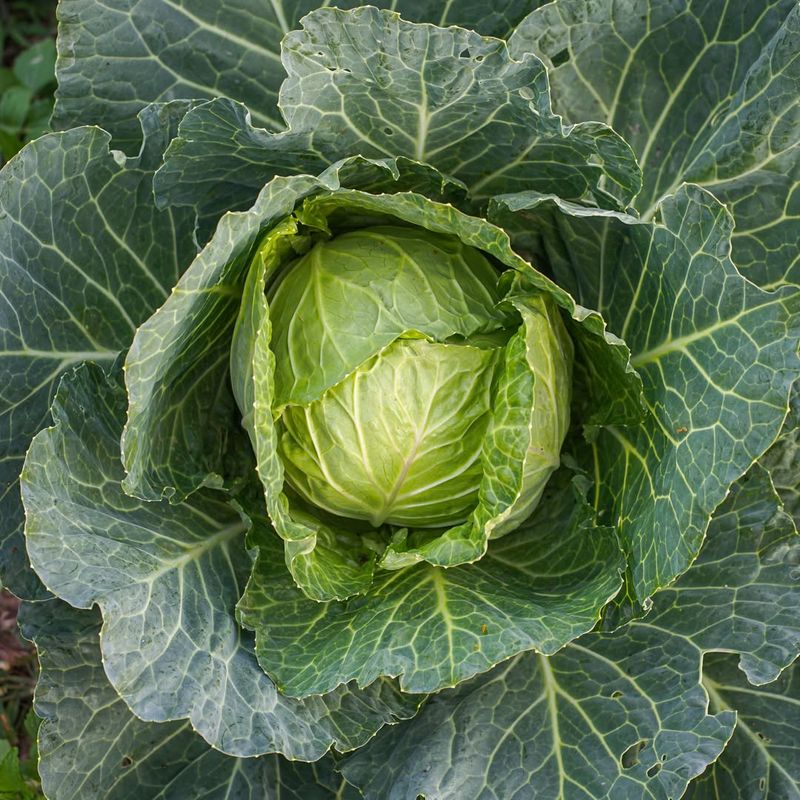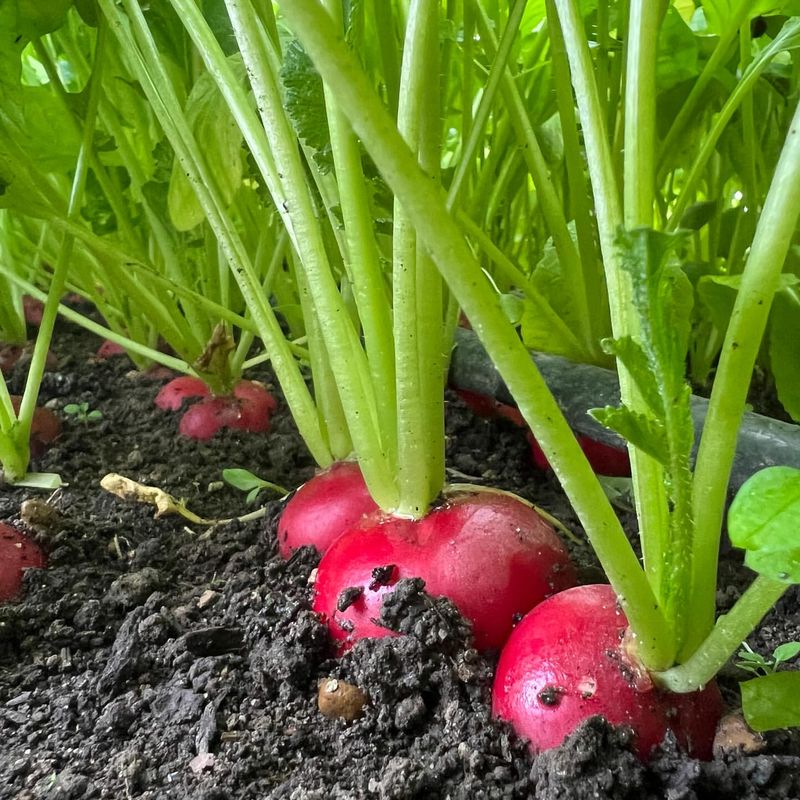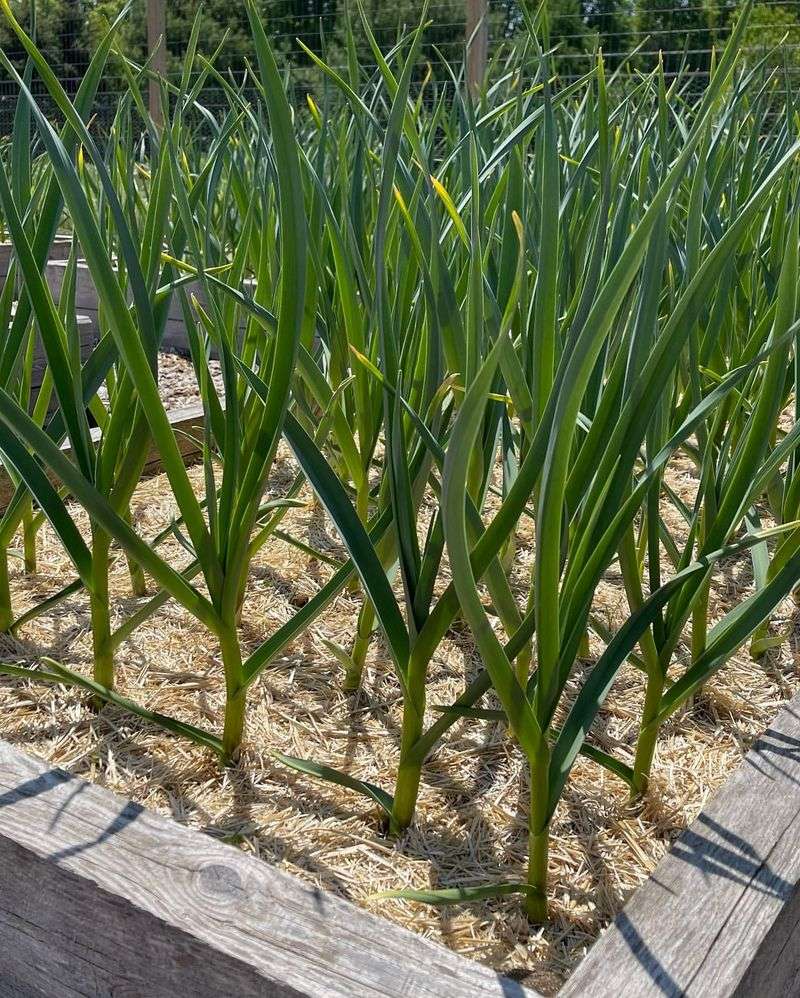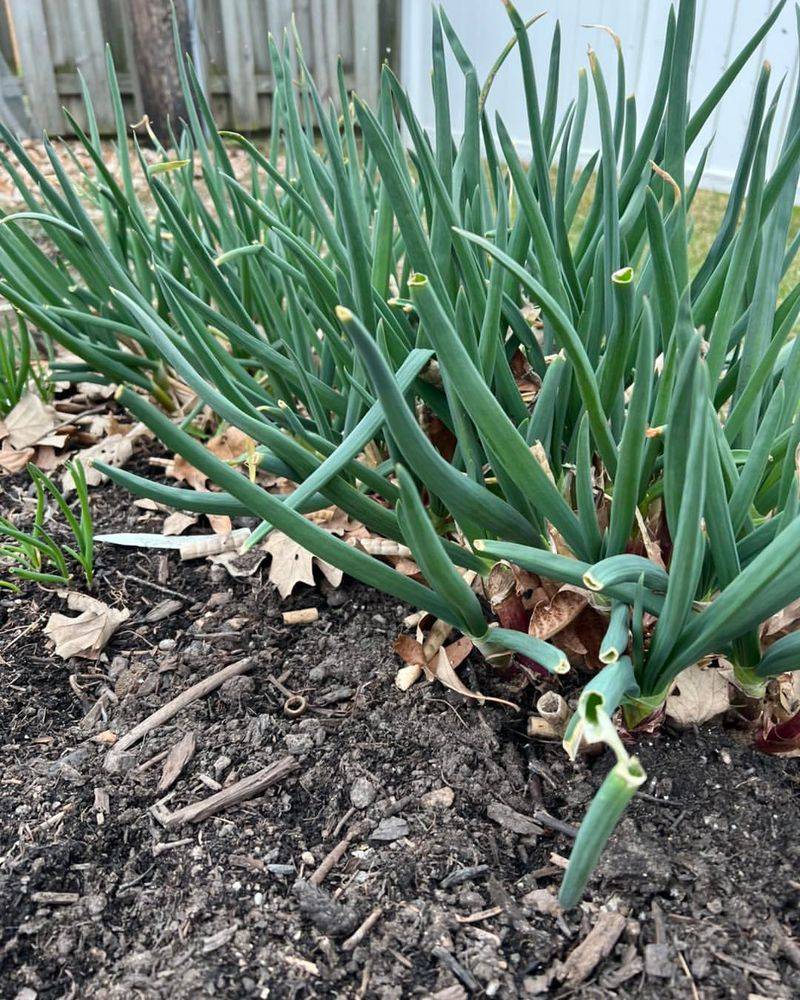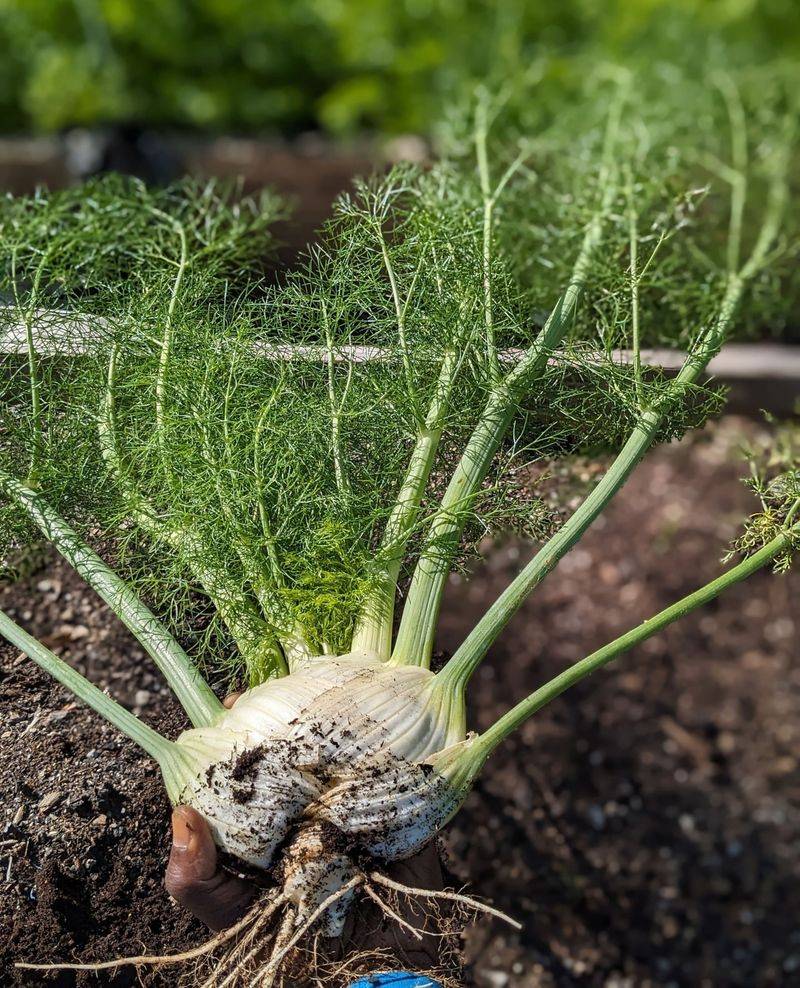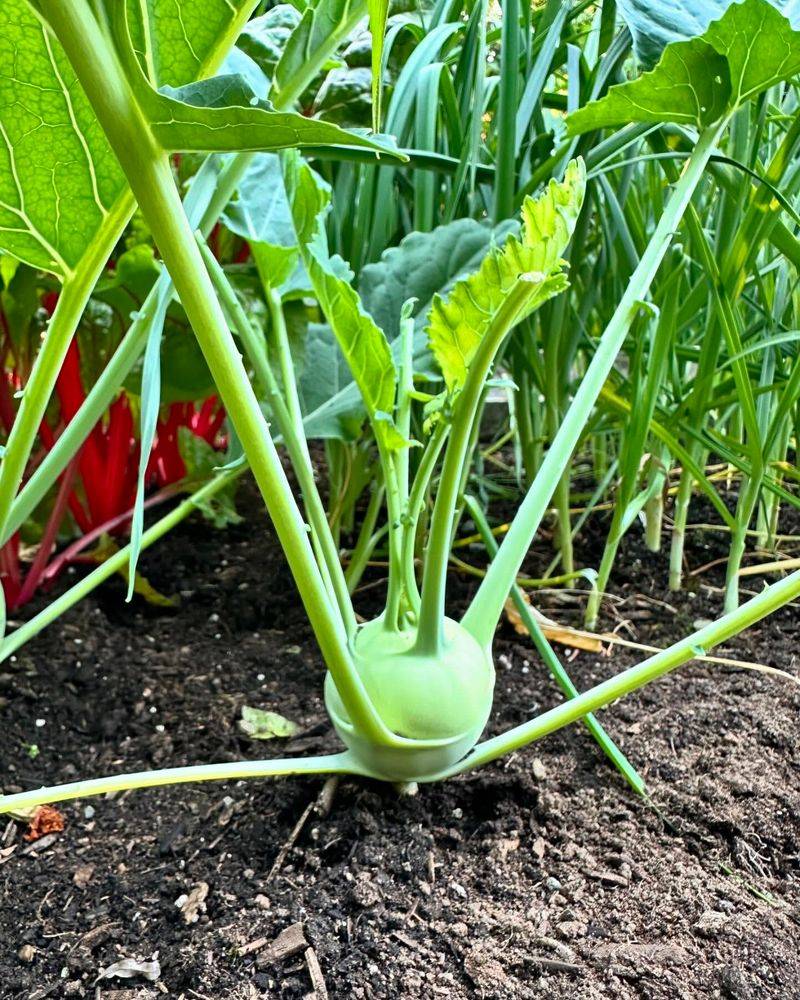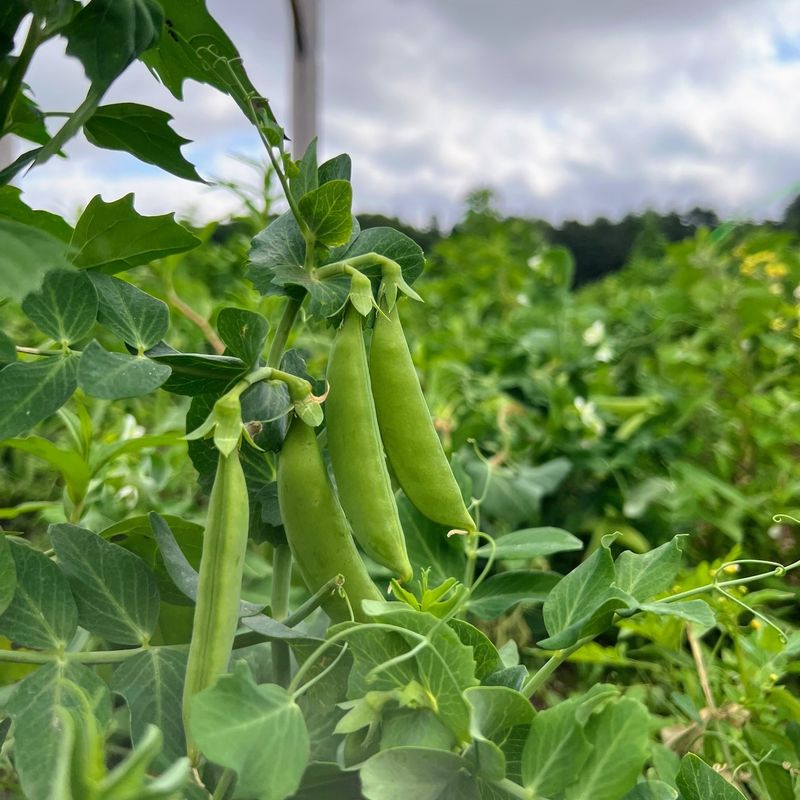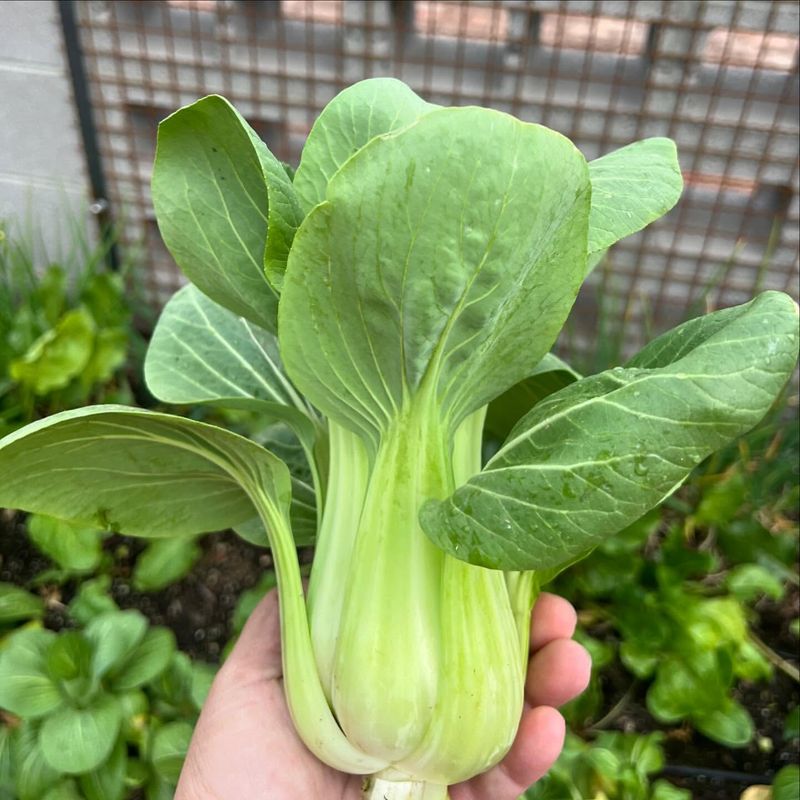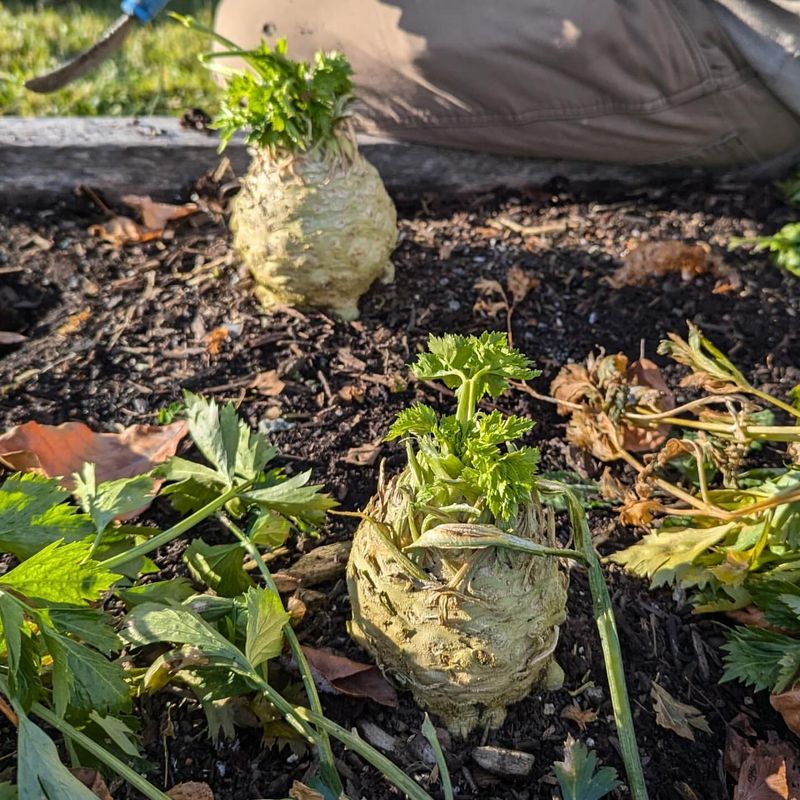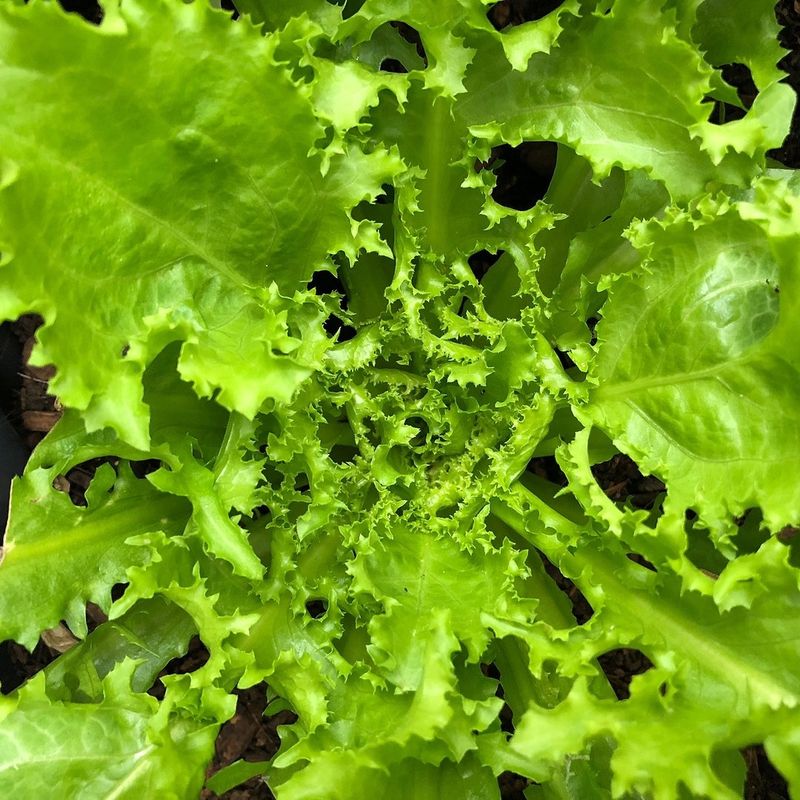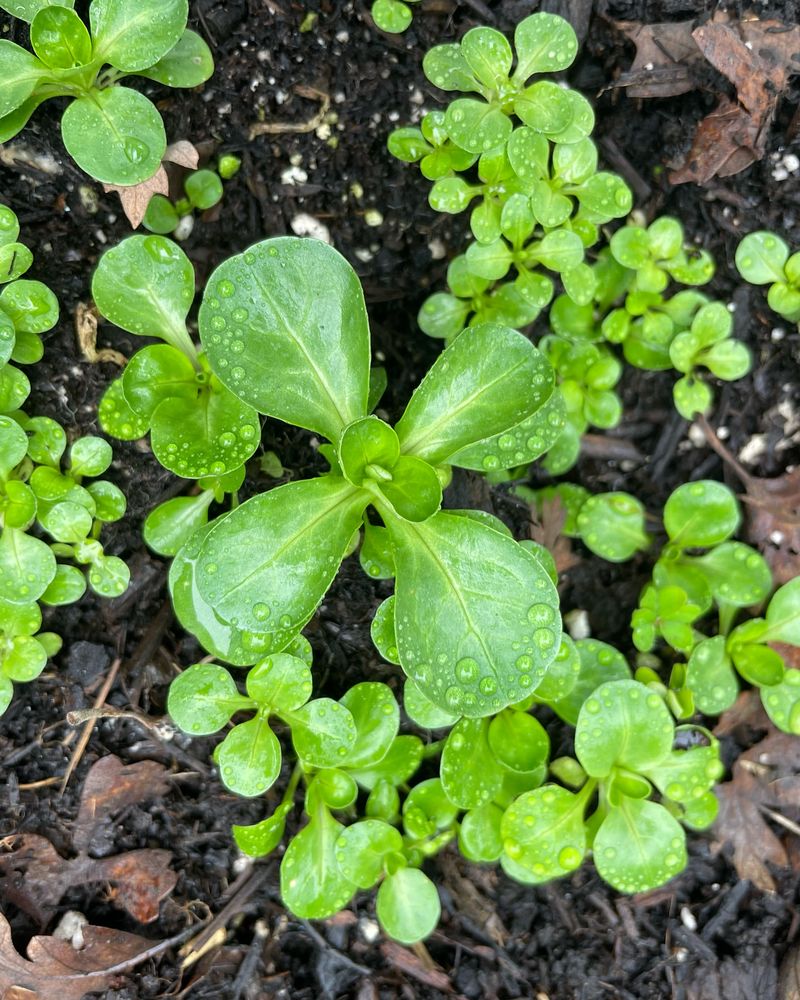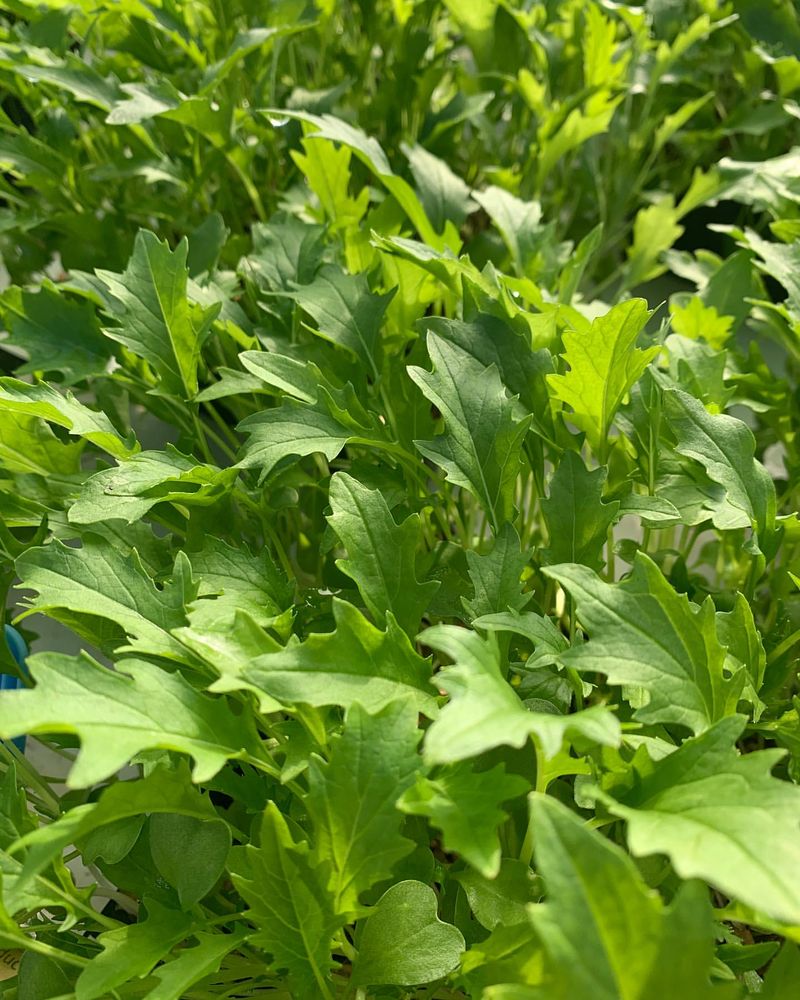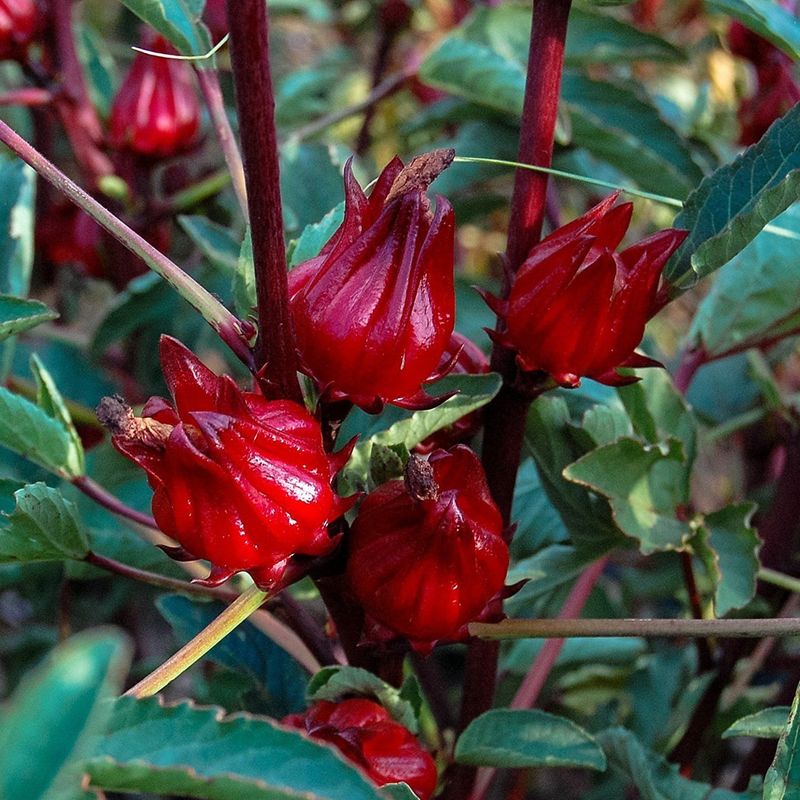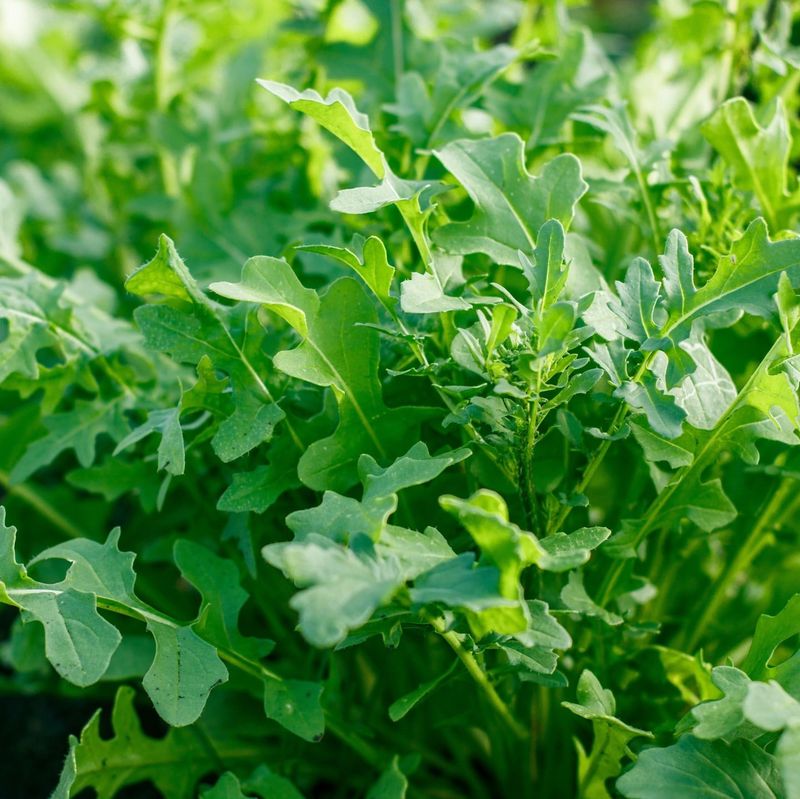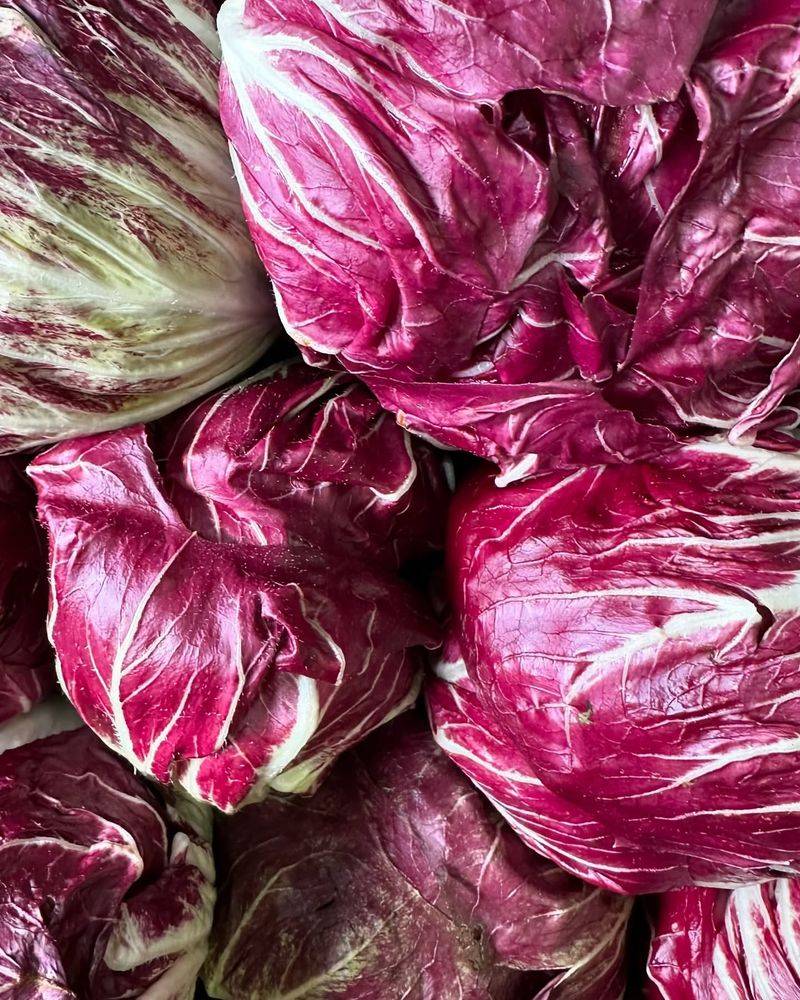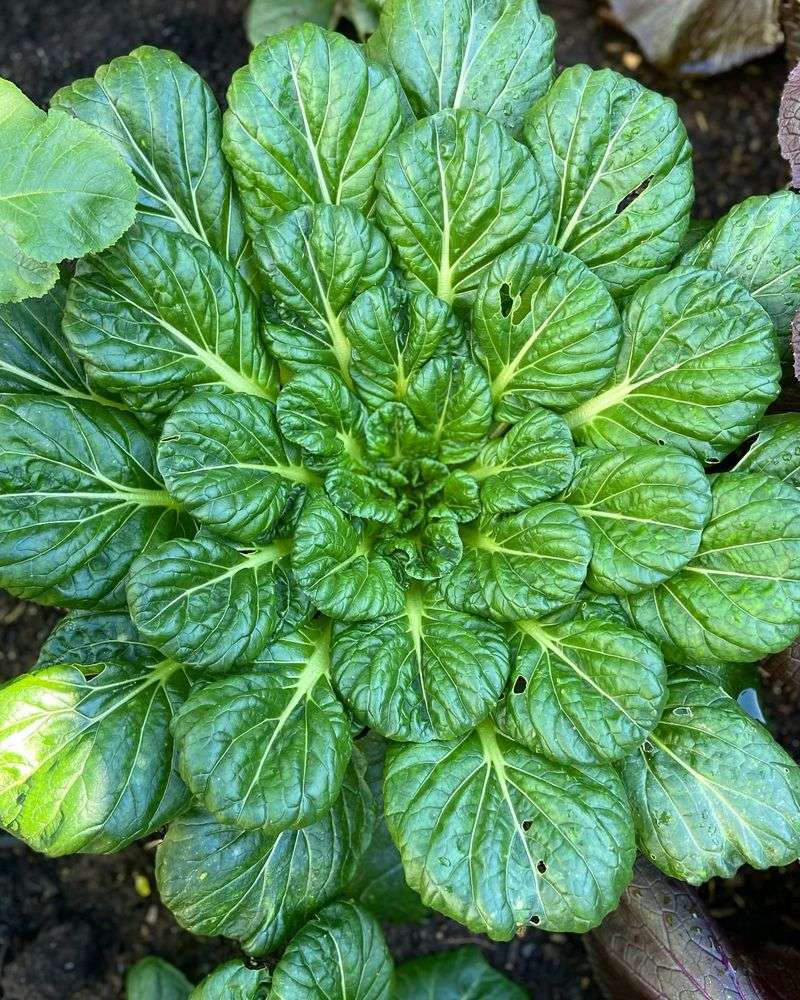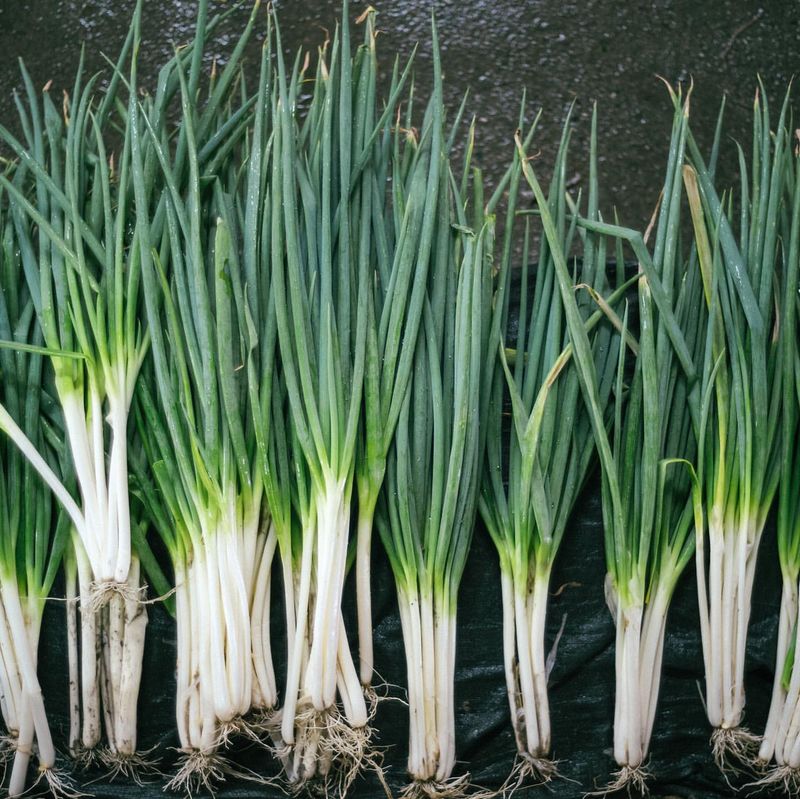As the chilly months settle in, it’s time to embrace the garden with cold-weather vegetables that thrive in the crisp air.
These hardy greens and vibrant roots not only withstand frosty mornings but also bring a splash of color and nutrition to your winter meals.
1. Kale
Few vegetables scream resilience like this leafy green superstar. Kale is a powerhouse of nutrients, perfect for adding a nutritious punch to your winter dishes. Its frilly leaves stand tall against frost, growing sweeter as the cold intensifies.
Cultivating this vegetable is a breeze, thriving best in well-drained soil and full sun. Water regularly, but don’t drench the soil, and watch as this leafy marvel turns your garden into a green oasis.
2. Carrots
Orange roots might steal the show, but this vegetable is a rainbow of flavors. Carrots are perfect for adding color and crunch to your cold-weather meals. When it comes to planting, sandy soil enriched with compost will give them the best start.
Remember to keep them hydrated, and thin the seedlings to allow room for growth. Before you know it, these vibrant roots will be ready to harvest.
3. Brussels Sprouts
These miniature cabbages are like winter warriors, standing firm against the cold. Brussels sprouts bring a unique flavor to the table, turning sweeter with each frost.
Plant them in fertile soil with plenty of organic matter to give them a strong start. Regular watering and full sun exposure will ensure a bountiful harvest of these delightful buds.
4. Spinach
Dark green and packed with nutrients, this leafy vegetable thrives in the cold. Spinach is your go-to for a vitamin-rich addition to winter meals.
Choose a well-drained, fertile soil for planting and ensure they get plenty of sunlight. Be careful not to overwater, and soon you’ll have a lush, leafy crop that loves the chill.
5. Broccoli
This vibrant green vegetable is a favorite for cold-weather gardening. Broccoli stands out with its dense heads and rich flavor.
Plant it in fertile, well-drained soil and provide consistent moisture to keep it thriving. Full sun exposure is key, and before long, you’ll have a garden full of these nutritious beauties.
6. Cauliflower
The snowy appearance of this vegetable makes it a fitting choice for winter. Cauliflower not only stands up to the chill but also offers a versatile culinary experience.
For planting, choose rich soil with good drainage and keep it evenly moist. Regular feeding will help develop those perfect, creamy heads.
7. Swiss Chard
With its colorful stems and hearty leaves, this vegetable brightens up any cold season garden. Swiss chard is a resilient green that offers both beauty and flavor.
Well-drained soil and a sunny spot are its best friends, ensuring vigorous growth. Water consistently and you’ll enjoy a continual harvest of these vibrant greens.
8. Beets
Root vegetables like these are a winter staple, with a burst of sweetness beneath the soil. Beets not only add color to your plate but also thrive in cooler temperatures.
Plant them in loose, fertile soil and maintain a steady watering schedule. As they grow, their vibrant tops will signal when it’s time to harvest.
9. Leeks
The subtle onion flavor of this vegetable makes it a versatile addition to winter dishes. Leeks are hardy and stand tall even as temperatures drop.
They prefer rich, well-drained soil and require regular watering to reach their full potential. Plant them deeply to blanch the stalks, and enjoy their mild taste throughout the season.
10. Turnips
These root vegetables are a gardener’s delight, bringing a peppery flavor to the table. Turnips thrive in the cold, making them an ideal winter crop.
For optimal growth, plant them in well-drained soil and keep the soil consistently moist. Thin the seedlings to allow room for their bulbs to develop, and soon, you’ll have a hearty harvest.
11. Rutabaga
With its sweet, earthy flavor, this vegetable is a cold-weather champion. Rutabaga stands up to frost and keeps growing when other plants might falter.
Choose loamy soil and a sunny spot for the best growth. As they mature, these roots will reward you with their rich taste and versatility in the kitchen.
12. Parsnips
Long and slender, these roots add a touch of sweetness to winter meals. Parsnips are well-suited for the cold, their flavor improving after a frost.
They grow best in loose, well-drained soil with consistent moisture. Harvest them after the first frost, and enjoy their tender, flavorful roots.
13. Collard Greens
These leafy greens are as tough as they come, thriving when temperatures drop. Collard greens offer a deep, earthy flavor that enhances winter dishes.
Plant them in fertile, well-drained soil and provide consistent watering. Their robust leaves will reward you with a continual harvest throughout the chilly months.
14. Mustard Greens
Zesty and flavorful, this vegetable spices up any winter meal. Mustard greens are cold-hardy and grow quickly, making them a gardener’s favorite.
They prefer well-drained soil and regular watering to flourish. As they mature, their spicy leaves can be harvested for a flavorful addition to your dishes.
15. Cabbage
With its dense, leafy heads, this vegetable is a staple in cold-weather gardens. Cabbage withstands frost and brings a hearty crunch to winter meals.
Choose fertile, well-drained soil for planting and water consistently. As they grow, these compact heads will be ready to harvest and enjoy.
16. Radishes
These peppery roots add a spicy kick to salads and sandwiches. Radishes are quick to mature, making them perfect for cold-weather planting.
For best results, plant them in loose soil and maintain consistent moisture. In just a few weeks, you’ll have a harvest of colorful, crunchy roots.
17. Garlic
Pungent and flavorful, this vegetable is essential for any kitchen. Garlic thrives when planted in the fall, ready to sprout come spring.
Opt for well-drained soil and sunny conditions to give it the best start. As it grows, its robust cloves will develop, offering a taste that’s unmatched.
18. Onions
This vegetable is the backbone of many dishes, offering a rich, savory flavor. Onions are well-suited for cold-weather planting, preparing for a spring harvest.
Choose fertile, well-drained soil and water regularly. As they mature, these bulbs will be ready to add depth to your meals.
19. Fennel
With its anise-like flavor, this vegetable adds a unique twist to winter dishes. Fennel is hardy and thrives in cooler temperatures.
Plant it in well-drained soil with full sun exposure, ensuring consistent moisture. As it matures, you’ll enjoy its aromatic fronds and crisp bulb.
20. Kohlrabi
Unusual in appearance, this vegetable offers a delightful crunch to cold-weather recipes. Kohlrabi is easy to grow and withstands the chill with ease.
Opt for well-drained soil and full sun for the best results. Water consistently, and soon you’ll have a bountiful harvest of these crisp bulbs.
21. Peas
These sweet, juicy pods are a treat when fresh from the garden. Peas thrive in cooler weather, offering a bountiful harvest before the heat of summer arrives.
For planting, choose fertile soil and provide support for their climbing vines. Regular watering will encourage their growth, resulting in sweet, crunchy pods.
22. Bok Choy
This Asian green is perfect for adding a crisp texture to winter dishes. Bok choy thrives in the cold, growing quickly and abundantly.
Plant it in rich, well-drained soil and water regularly to support its rapid growth. Soon, you’ll have a garden full of these tender greens ready to be enjoyed.
23. Celeriac
This knobby root vegetable might not be pretty, but its flavor is unparalleled. Celeriac is a cold-weather champion, thriving even as temperatures dip.
Choose fertile, well-drained soil and provide consistent moisture for optimal growth. As it matures, its celery-like flavor will enhance any winter meal.
24. Endive
With its slightly bitter taste, this leafy vegetable is a gourmet addition to salads. Endive thrives in cooler temperatures, growing crisp and flavorful.
Plant it in fertile, well-drained soil with consistent moisture to support its growth. As the leaves mature, you’ll enjoy their unique taste and texture.
25. Mache
This tender green is often called lamb’s lettuce, adding a mild flavor to winter salads. Mache is cold-hardy and grows well even in chilly conditions.
For planting, choose well-drained soil and ensure it receives adequate sunlight. As it matures, its delicate leaves will be a welcome addition to your winter dishes.
26. Mizuna
This Japanese green offers a peppery punch to dishes, thriving in the cold. Mizuna grows quickly and is a perfect addition to any winter garden.
Plant it in fertile, well-drained soil and provide regular watering. Enjoy its spicy leaves in salads or stir-fries as it matures.
27. Sorrel
With its tangy flavor, this leafy green adds a zest to winter meals. Sorrel is hardy and thrives even in colder weather.
Plant it in well-drained soil and provide full sun exposure for the best growth. Regular watering will ensure its leaves remain tender and flavorful.
28. Arugula
This peppery green is a favorite for adding spice to salads and sandwiches. Arugula grows well in cooler temperatures, offering a quick and easy harvest.
Choose fertile, well-drained soil and provide consistent moisture. As it matures, its spicy leaves will be ready to pick and enjoy.
29. Radicchio
With its striking red leaves, this vegetable adds a splash of color to winter dishes. Radicchio thrives in the cold, developing a sweet, bitter taste.
Plant it in fertile, well-drained soil and water regularly to support its growth. As the heads mature, they’ll offer a unique flavor to your meals.
30. Tatsoi
This Asian green is small but mighty, offering a subtle flavor to dishes. Tatsoi thrives in cooler weather, making it a perfect addition to winter gardens.
For best results, plant it in fertile, well-drained soil and provide regular watering. Its tender leaves will be ready to harvest in no time.
31. Scallions
These mild, onion-like vegetables are a staple for adding flavor to dishes. Scallions thrive in cool weather, growing quickly and abundantly.
Plant them in fertile, well-drained soil and provide consistent moisture. As they mature, they’ll offer a fresh, oniony taste to your meals.

